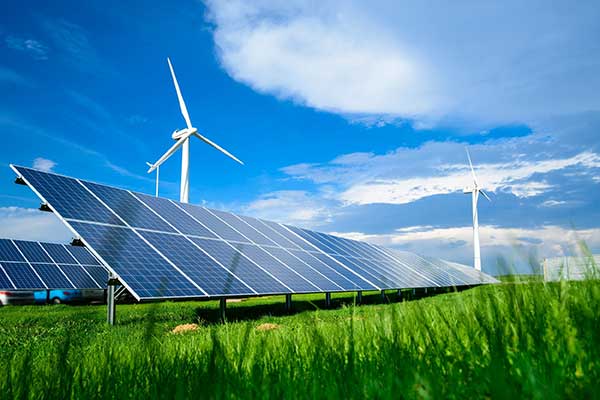By Calvin Augustine
South Africa is exploring various new ways of easing the strain on the national grid during periods of high energy demand. It is part of government’s commitment to tap into all available avenues to help get us through our energy crunch.
Work to deal with our energy challenge is guided by the Energy Action Plan launched by President Cyril Ramaphosa in July 2022. The plan details various energy initiatives government pursues to reduce the severity of load shedding.
It includes tapping into new ways of storing the energy we produce, particularly from renewable sources, so that it can be used during high demand periods to ensure a steady supply of electricity.
Government is making forays into large scale battery energy storage which stores electricity produced during the day, which can then be used when the energy system is constrained. This will go a long way in relieving pressure on the grid during peak periods and could allow for relief from higher stages of load shedding.
International experience has shown that large scale battery storage has helped countries such as Italy and the United States deal with congestion in their energy supply. A pilot battery storage project of 35 MW was used in southern Italy to manage grid congestion while utility-scale batteries were used to support peak demand with great success in California, New York and Texas.
The Department of Energy will publish requests for proposals for the procurement of 1 230 MW battery storage capacity. The request for proposals in large-scale battery storage systems is part of our Battery Energy Storage Capacity Bid Window under the country’s Independent Power Producers Procurement Programme.
In 2023, the department requested proposals for over 500 MW of battery storage for five substations in the Northern Cape. This will allow us to access the exact amount of energy needed to meet demand without having to invest in increasing the capacity of the substations.
Importantly, it will allow us to overcome the limitations of renewable energy such as solar and wind, which generate energy only when there is enough sunshine and wind. This ensures that renewables we are procuring will not be wasted.
Eskom is also bringing online its own battery storage with the first of seven utility-scale grid-connected Eskom Battery Energy Storage System (BESS) coming online last year. The utility opened its Hex BESS site in Worcester in the Western Cape which is Africa’s largest Battery Energy Storage System (BESS) project.
The project uses large scale utility batteries with a total capacity of 1 440 MWh per day and a 60 MW photovoltaic (PV) capacity. The site is specifically designed to store 100 MWh of energy, enough to power a town such as Mossel Bay for about five hours.
Phase 1 of Eskom’s Battery Energy Storage System project also includes the installation of 833 MWh storage capacity at eight substation sites in KwaZulu-Natal, Eastern Cape, Western Cape and Northern Cape. This phase also includes about 2 MW of solar PV capacity.
In KwaZulu-Natal, Eskom is implementing the battery storage capacity within the Msunduzi and Impendle Local Municipalities. This facility will have a capacity of 8 MW, equivalent to 32 MWh of distributed electricity, enough to power a town such as Howick for four hours. The cost of the project is approximately R11 billion and will be funded through concessional loans from the World Bank, African Development Bank and the New Development Bank.
Government has identified battery storage as an alternative to support renewable energy expansion in South Africa and is taking the necessary steps to ensure its successful implementation. We are confident that as we add more battery storage capacity, we can strengthen the grid while diversifying the existing generation energy mix.
Looking beyond the immediate energy crisis, the use of battery storage is part of progress to lessen our energy constraints. As we work to close the electricity supply shortfall, we are laying the foundation for a secure energy sector in the longer term.





